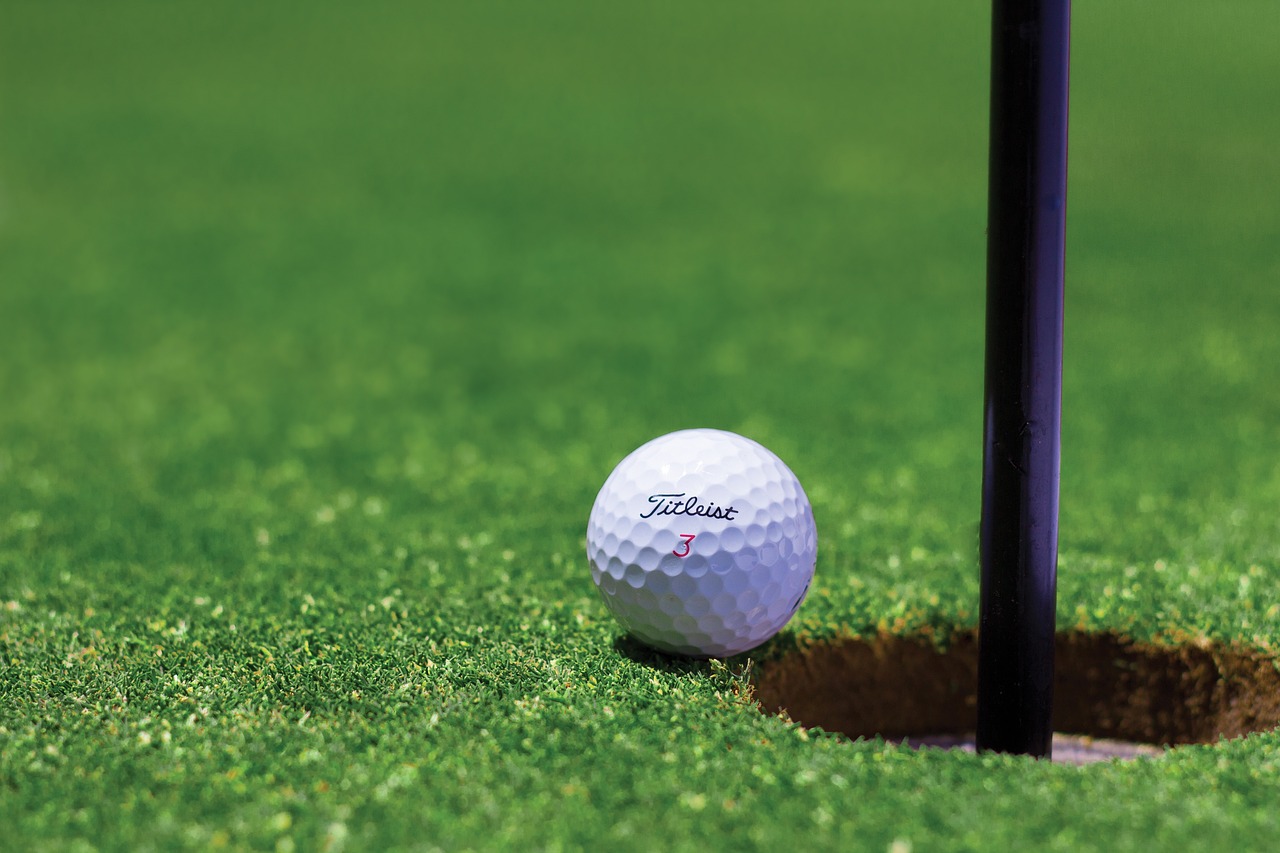The Pro Golfers’ Association (PGA) has traditionally banned using rangefinders and other measuring devices to determine distance in golf games. However, in 2021, the PGA Championship saw the first use of distance-measuring devices or DMDs. The championship went from May 20-23, 2021, at the Kiawah Island Golf Resort in South Carolina.
The rule change did not mean that players would have the ability to use anything they wanted. Per PGA rules, rangefinders can only give yardage and direction. Players cannot use devices that provide other details, such as slope or wind speed. The change is not completely unexpected or unprecedented, as there has been speculation for years as to whether rangefinders would one day be allowed. The United States Golf Association (USGA) started allowing the use of rangefinders back in 2006. However, the use in games can vary based on rules set at a local level, and the USGA still restricts rangefinder use at certain competitions.
What are rangefinders?
Laser Rangefinders used in golf operate by shining a beam where it is being pointed and calculating the time it takes to reflect the beam to a built-in sensor. While this may sound complex, rangefinders can be very accurate and relatively affordable for an average user. Most rangefinders come in a monocular style, which offers a slight magnification to help zone in on an object. There are also binoculars with built-in rangefinders. These allow visibility at a greater distance and higher accuracy.
What are the Advantages?
Rangefinders can provide a substantial advantage in golf because they provide an exact distance to the hole, and many have a built-in compass. Therefore, it takes the guesswork out of shot distances.
How Can They Help Novices?
Not only do rangefinders help the pros, but they can also help those learning the sport. That is because rangefinders can be an invaluable learning tool. Players likely focus on their form and proper club use when just getting started. Using a rangefinder, they can better understand what club to use by knowing how many yards are left. Doing so will slowly build confidence in judging long distances, which the pros do not necessarily need a rangefinder to do.
Use of GPS Devices
Global Positioning Systems (GPS) are also now allowed in PGA tournaments. Although rangefinders may get most of the attention, GPS units also provide significant advantages to players. These devices can show an overhead view of a course, so a player knows their precise location even on the most complex holes.
Monocular Golf Scopes
A less simple yet much cheaper option is a rangefinder scope. These pocket-sized devices use a single monocular with hash marks to help estimate the distance to the green. Instead of relying on technology to calculate the precise distance to a given point, these rely on lining up the printed lines with the flag. These problems are numerous, but some may find it “fairer” because of the limitations. Firstly, it requires being able to see the flag, which is problematic for obvious reasons. Even being close to the green does not mean there will be a clear line of sight if the ball is not perfect. In addition, if the flag is not perfectly in the hole, it will distort the readings. These scopes can also not account for terrain deviations and could, therefore, give inaccurate readings.
Why Were Measuring Devices Not Allowed?
It was previously thought that allowing rangefinders would take away some of the previously displayed skills at competitions. In addition, many felt that it would change the dynamic between players and their caddies. Whether this is true or not is more ambiguous and is left up to spectators. However, allowing measuring devices significantly changes what a player focuses on during a match. Previously, rangefinders could be used during practice, allowing golfers to get some idea of how far they may be playing.
What did Golfers do Before Rangefinders?
Golfers used to keep track of the yardage to the green from various points on the course in a yardage book. It is common to see golfers and their caddies pull out what appears to be a small notebook, but this is a carefully assembled assortment of numbers ranging from distances to elevation at various points along the course. These books even have detailed information on the green, including yardage and contours. Rangefinders and GPS devices can now ascertain all this information. Previously, players and caddies tracked the distance of a given course and approximately how far they had already played. These details allowed them to roughly calculate how much space was left from their playing position. Of course, this is also quite time-consuming as players methodically calculate the angle and length of every shot.
Why did the PGA Change the Rules?
The PGA has come under scrutiny in recent years for being somewhat archaic in its rules regarding using rangefinders. However, spectators and players alike have been encouraging the change. While it may appear unusual that viewers want to allow something that takes away some of the game’s skill, it is thought that allowing them will speed up the game. Allowing measuring devices indeed speeds up the game, but there is also some intrigue in observing a player and caddy craft their next shot. The PGA’s dilemma is not necessarily that games take too long. It is more about pacing, where the action abruptly stops after every shot. The pacing problem is not unique to golf, as spectators have grown increasingly impatient with other sports, including NASCAR and the NFL. The change to allow rangefinders will hopefully make the sport attractive to the next generation of players.


Leave a Reply